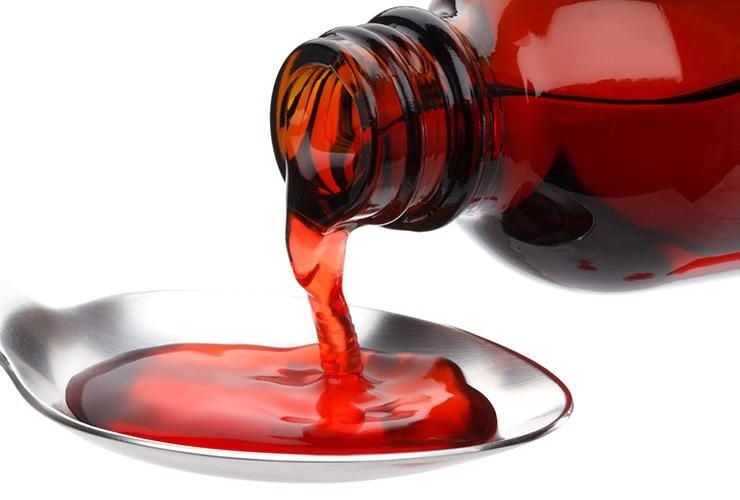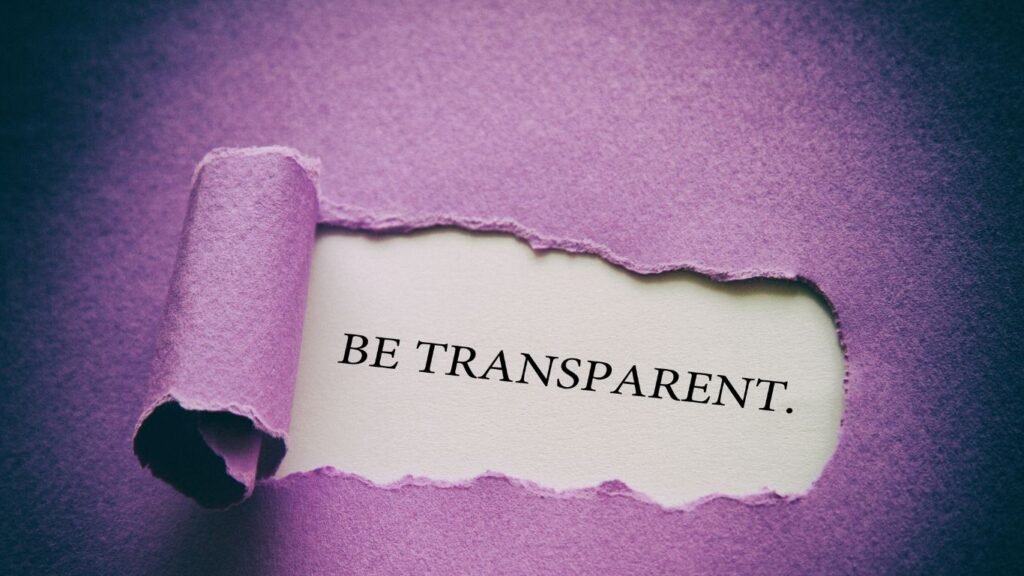Cough Syrup Deaths: The Call for Justice That India Can’t Ignore

In the quiet hospital wards of Chhindwara, Madhya Pradesh, the nights turned unbearably long. Mothers sat by tiny beds, watching machines blink as their children struggled for breath. A few weeks ago, no one imagined that a teaspoon of Coldrif cough syrup — a medicine meant to comfort — would turn deadly.
But when local doctors noticed a pattern — seizures, kidney failure, and the unexplainable deaths of children who had all taken the same syrup — panic rippled through the town. The medicine that once promised relief had instead stolen lives.
Soon, the story spread — from Madhya Pradesh to Rajasthan, then across India. Laboratories found Diethylene Glycol (DEG) in the syrup — a toxic industrial chemical that eats away at human organs. The government confirmed the findings. The outrage grew louder.
Then came a Public Interest Litigation (PIL) — a citizen’s plea that refused to let the system hide behind bureaucracy. Advocate Vishal Tiwari filed the petition in the Supreme Court of India, demanding not just answers but accountability — from the drug makers, the regulators, and every layer of oversight that failed to protect India’s children.
The PIL That Demands a Reckoning
The PIL doesn’t mince words. It demands a CBI investigation into every death linked to the toxic syrup. It calls for a court-monitored judicial commission — headed by a retired Supreme Court judge — to review how India’s drug system allowed another tragedy after similar incidents in Gambia and Uzbekistan.
Tiwari’s petition asks for something bigger than just a probe. He wants a national drug safety overhaul — new testing rules, stricter recall systems, transparent lab certifications, and criminal accountability for negligence.
He tells the Court that this isn’t an isolated failure. It’s a reflection of an entire ecosystem that looks the other way — from the Central Drugs Standard Control Organisation (CDSCO) to state-level inspectors.
“We can’t keep burying children because someone mixed poison in medicine,” the plea declares.
The words echo through courtroom halls and newsroom headlines alike.
The Chain of Neglect
To understand why this PIL carries such moral weight, we must trace the system that let this happen.
In India, thousands of small and medium-sized pharmaceutical firms produce over 60% of the world’s generic medicines. But the scale comes at a cost. Oversight often falls short. Regulatory inspections remain inconsistent. State laboratories lack manpower, technology, and sometimes even the independence to challenge politically connected manufacturers.
The Coldrif tragedy began like many before it — quietly, under the radar. The cough syrup was manufactured by a firm that already operated under regulatory scrutiny. When doctors in Madhya Pradesh started raising alarms, the initial local tests came back “normal.” But an independent lab in Bhopal later revealed the shocking truth — 46.28% Diethylene Glycol, a deadly solvent often used in brake fluids and antifreeze.
Children had consumed poison under the label of medicine.
When the results reached public attention, states started scrambling. Punjab banned Coldrif outright. Haryana issued warning labels. Madhya Pradesh suspended three drug inspectors. The NHRC issued notices to three state governments. But by then, families had already lost their children.
The system reacted, but only after tragedy.
History Keeps Repeating
This isn’t India’s first brush with DEG poisoning. The same chemical has haunted Indian pharma for decades.
- 1973, Maharashtra: 14 children died after taking a DEG-contaminated syrup.
- 1998, Gurgaon: 33 children lost their lives after consuming a tainted paracetamol syrup.
- 2019, Jammu: 12 deaths occurred from a similar contamination.
- 2022, Gambia and Uzbekistan: Hundreds of children died from Indian-exported cough syrups laced with DEG and Ethylene Glycol.
Each time, governments promised reform. Each time, the outrage faded before the reforms took root.
The PIL before the Supreme Court now confronts this cycle head-on. It demands that the judiciary step in because the regulatory machinery won’t fix itself.
The Anatomy of Accountability
Tiwari’s plea lays out five sharp questions that cut through India’s pharmaceutical complacency:
- Who tests the medicines that reach our homes and hospitals?
States rely on overworked labs and infrequent checks. Many companies self-certify batches — a system ripe for abuse. - Where does the chain of responsibility break?
From the chemist selling the syrup to the manufacturer sourcing raw ingredients, no one faces real consequences when lives are lost. - Why does the recall process fail every time?
Even after confirmed contamination, batches linger in circulation. Pharmacies often sell remaining stock until authorities seize it — weeks later. - Who verifies toxicology results independently?
The PIL asks for mandatory NABL-accredited lab testing for every flagged sample — a standard that could close the loophole of selective or manipulated results. - How can the public trust the system again?
Without transparency — publishing test reports, manufacturer details, and regulatory findings — trust can’t exist.
Each question exposes how India’s drug safety network depends more on post-mortem outrage than preventive vigilance.
Inside the Supreme Court Battle Ahead
The Supreme Court now faces a critical decision. Will it simply issue notices and let bureaucracies handle the matter, or will it take direct control — as it has in other landmark public health cases like the Bhopal Gas tragedy or COVID oxygen supply hearings?
The Court may form an expert committee under judicial supervision, combining scientists, forensic specialists, and health policy experts. It could also direct the CBI to take over all FIRs registered in different states — ensuring a centralised, corruption-free investigation.
What the Court decides will shape not just justice for the victims’ families but the future of India’s pharmaceutical credibility.
The Industry Under Fire
The pharmaceutical industry watches nervously. India’s generic drug manufacturers form the backbone of global medicine exports — supplying over 20% of the world’s generic drugs. But these repeated scandals erode that reputation.
In private, several industry leaders admit that small-scale manufacturers often operate without strict audits. Licensing sometimes depends more on connections than compliance. The market rewards cost-cutting over quality assurance.
Even large companies suffer collateral damage when rogue players tarnish the country’s brand.
A senior executive of a Hyderabad-based pharma giant confides:
“We lose contracts abroad every time something like this happens. Buyers start doubting the entire ‘Made in India’ label, not just one company.”
The PIL, then, is not just about justice — it’s about India’s global credibility.
The Human Cost
Behind every courtroom argument lies a graveyard of tiny coffins. Parents in Betul, Rajasthan, and Chhindwara don’t speak in legal language. They speak in grief.
One father, Sunil, lost his three-year-old daughter, Kavya. He holds her photo with trembling hands and says:
“We gave her what the doctor prescribed. We trusted the medicine. We trusted the system. They killed her.”
In those few words lies the essence of India’s drug crisis — a system that breaks the trust of the very people it promises to protect.
Public anger continues to rise, especially on social media. Activists demand a nationwide ban on irrational syrups, better labeling, and stricter regulation of pediatric medicines. Civil society voices grow louder each day, amplifying the same demand — accountability, not apologies.
Political Reactions: Cautious but Calculated
Politicians tread carefully around the issue. Opposition parties demand resignations of health regulators. The ruling government deflects blame toward state authorities. But both sides know that the public sees through these deflections.
The Union Health Ministry, under pressure, announces an urgent review of all pediatric syrups produced domestically. Officials promise action “if any lapse is found.” But the PIL’s language cuts through this vagueness — it demands action before the next tragedy, not after.
Several Members of Parliament are already preparing to push for amendments to the Drugs and Cosmetics Act, calling for criminal prosecution of negligent manufacturers. But whether those amendments will pass or stall in committees remains uncertain.
Lessons the PIL Forces India to Face
This PIL forces India to confront uncomfortable truths.
- Truth 1: Regulatory capture exists. Drug controllers often work too closely with manufacturers, blurring the line between oversight and endorsement.
- Truth 2: State labs lack funding and autonomy. Outdated equipment and bureaucratic delays prevent timely testing.
- Truth 3: Export-driven focus creates domestic blind spots. India ensures international compliance for exports but neglects domestic market safety.
- Truth 4: Public outrage fades faster than policy reform. Without consistent citizen pressure, tragedies repeat.
The PIL attempts to disrupt that pattern.
Voices from the Frontlines
Public health experts see this case as a watershed moment.
Dr. Ritu Mehra, a toxicologist at AIIMS, explains,
“Diethylene Glycol poisoning shuts down the kidneys. It causes convulsions and organ failure. The tragedy is that it’s preventable with basic testing. A single chemical analysis before release could have saved every child.”
Social activists demand independent oversight.
“We need transparency in manufacturing audits,” says Anjali Bhardwaj, founder of the Right to Medicine Collective. “The government must publish drug test results like it publishes air quality data — daily, open, and accessible.”
These voices define the heartbeat of the movement. They’re not asking for sympathy. They’re demanding systemic redesign.
The Ripple Effect Across States
The PIL has already triggered a domino effect:
- Punjab banned Coldrif instantly after its quality test failure.
- Haryana directed all pharmacies to relabel cough syrups with toxicity warnings.
- Madhya Pradesh formed a Special Investigation Team (SIT) and suspended drug inspectors.
- The NHRC issued notices to MP, Rajasthan, and UP governments, asking them to file reports within four weeks.
Each of these actions reflects growing recognition — the crisis is national, not local.
The Battle for Reform
Tiwari’s petition calls for the Supreme Court to direct creation of a National Drug Safety Review Board — a permanent, independent watchdog overseeing testing, recall, and investigation of all drugs in circulation.
He also pushes for:
- Real-time recall mechanisms similar to those used in the food industry.
- Public access to test reports on a national portal.
- Mandatory toxicology certification from accredited labs for all over-the-counter medicines.
- Strict penalties — including imprisonment — for any company found guilty of contamination or data falsification.
These reforms could revolutionize India’s pharmaceutical regulation. But they’ll face resistance from entrenched interests.
Global Eyes on India
International media and watchdogs have already started monitoring India’s response. The World Health Organization (WHO) has warned that the credibility of India’s drug exports depends on transparent investigation and reforms.
Several African and Southeast Asian nations, major buyers of Indian generic syrups, have temporarily suspended imports of certain pediatric medicines pending review.
This PIL, though domestic, now carries global implications. India’s response could either reinforce its image as the “pharmacy of the world” or damage it irreparably.
The Moral Question
Beyond the legal and regulatory debates lies a moral question that no law can ignore — how many more lives must end before the system changes?
When medicine becomes poison, it shakes the foundation of society’s faith. Parents trust doctors. Doctors trust regulators. Regulators trust manufacturers. And when each layer collapses, trust itself becomes a casualty.
This PIL seeks to restore that trust — not through sympathy, but through accountability.
A Turning Point in Indian Public Health
Every landmark case in India begins with a single citizen who refuses silence. This PIL might join the ranks of cases that reshaped national policy — like the 1996 environmental PILs that birthed India’s pollution control frameworks, or the Right to Food case that led to the National Food Security Act.
If the Court takes this case seriously — if it orders transparent investigation, industry reform, and systemic oversight — it could redefine India’s public health future.
The alternative is unthinkable: more syrups, more funerals, more broken promises.
What Justice Should Look Like
Justice in this case must go beyond punishment. It must rebuild systems.
True justice would mean:
- Every medicine tested before it reaches a shelf.
- Every manufacturer audited by independent bodies.
- Every citizen able to verify safety with a public report.
- Every official held accountable for dereliction of duty.
It’s not an impossible dream — it’s basic governance.
The Road Ahead
The coming months will define India’s pharmaceutical ethics. The Supreme Court’s first hearing will likely issue notices to the Centre and states. Investigations will expand. Political debate will intensify.
But one thing is clear — this case has already awakened public consciousness. Citizens are asking the right questions. Journalists are refusing to let the story die. Activists are building pressure.
If sustained, that collective vigilance might finally force reform where decades of bureaucracy failed.
The Final Word
In every tragedy, there comes a moment of reckoning — when silence becomes complicity. The cough syrup deaths have dragged India to that moment.
The PIL in the Supreme Court isn’t just a legal document. It’s a mirror held up to a nation that prides itself on being the world’s pharmacy yet fails to safeguard its own children.
The choice before India’s institutions is simple — either fix the system or admit that profit matters more than life.
Epilogue: Hope in Action
In Chhindwara, where the tragedy began, hospitals now display bold new posters: “Report every adverse drug reaction immediately.” Pharmacists hesitate before selling syrups. Parents read labels twice.
It’s a small shift — but it’s a start.
If the Supreme Court delivers justice, if regulators wake up, if manufacturers find conscience — maybe those small shifts will turn into a national transformation.
Maybe the next child with a cough will find healing instead of harm.
And maybe India will finally learn that safety isn’t just a regulatory checkbox — it’s a moral duty.
Also Read – Normal Delivery vs C-section: The Big Debate Explained













